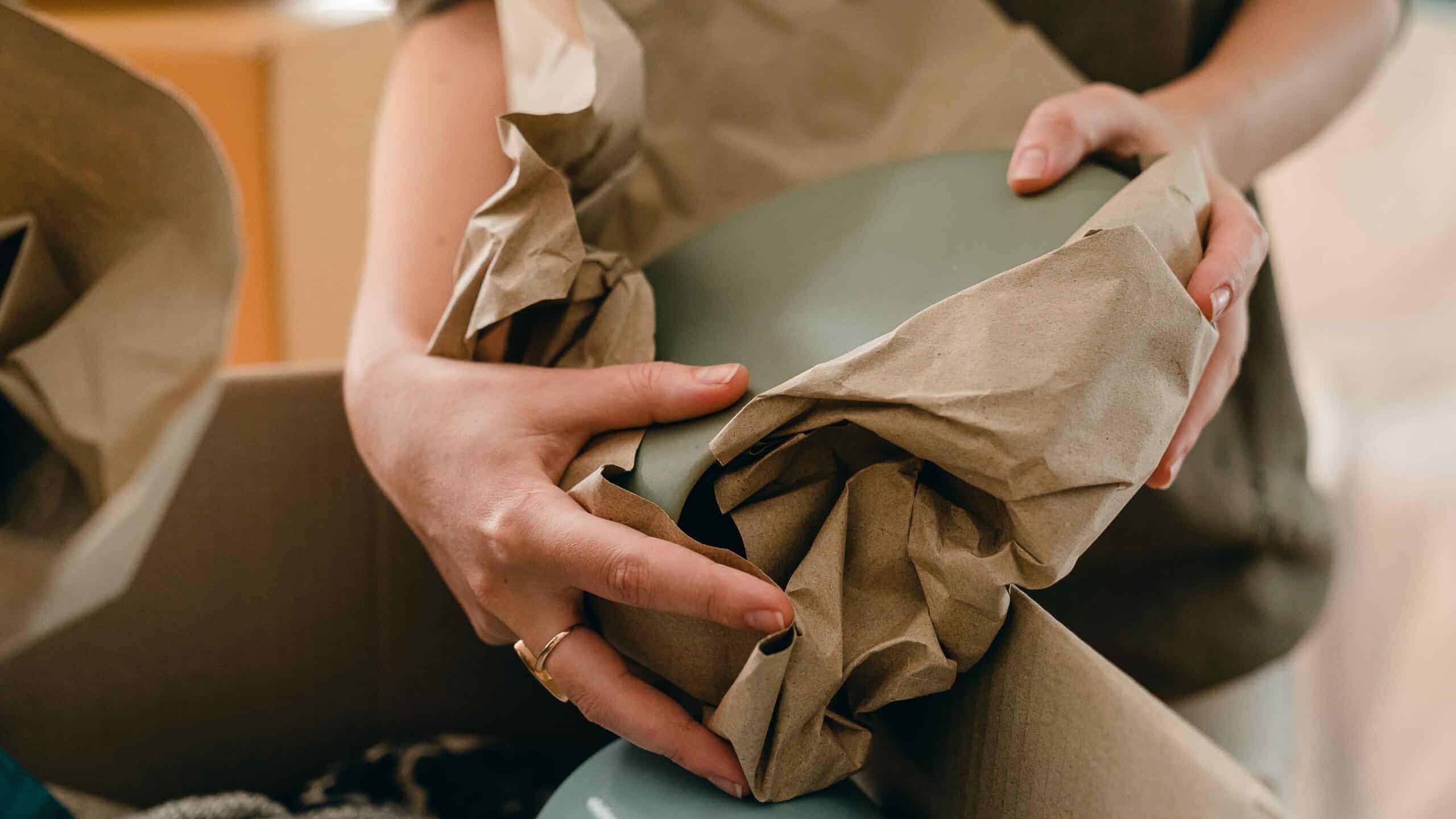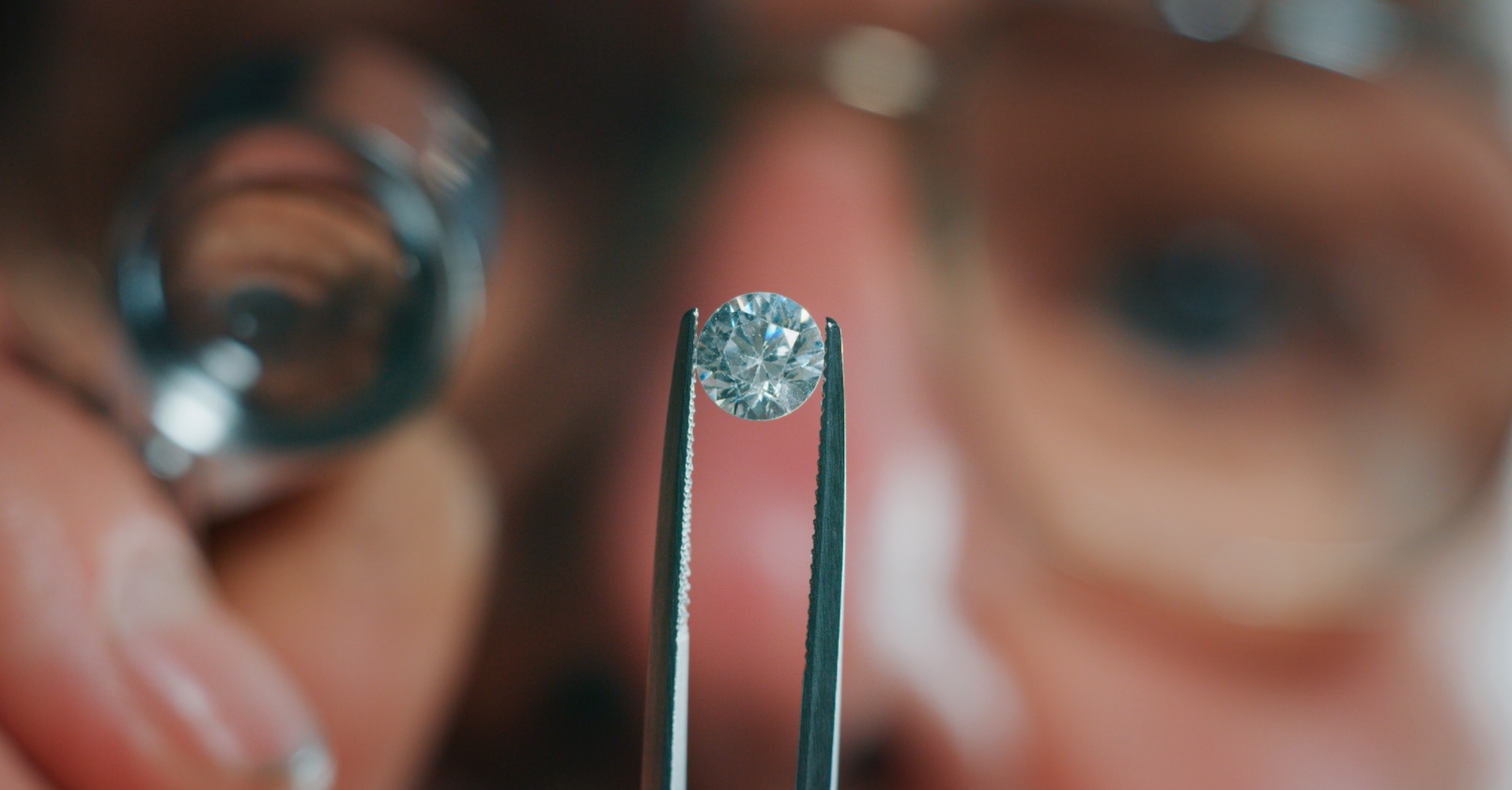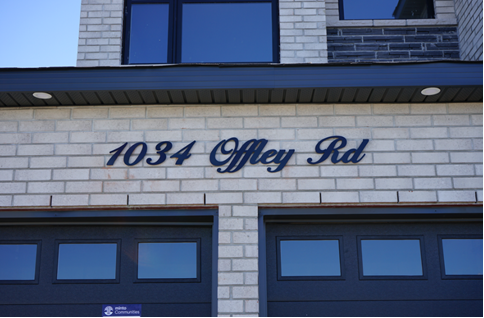Lab-grown diamonds are gaining popularity for their ethical sourcing and cost-effectiveness. But what about loose lab-grown diamonds? Let’s delve into what they are, why they’re valuable, and how to choose the right one.
Table of Contents
What Are Loose Lab-Grown Diamonds?
Loose lab-grown diamonds are diamonds created in a lab but not yet set into jewelry. These diamonds are made using high-pressure high-temperature (HPHT) or chemical vapor deposition (CVD) processes, replicating the natural conditions under which diamonds form. What’s interesting is that they possess the same physical and chemical properties as natural diamonds—sparkle, hardness, and clarity. But they come at a fraction of the cost and with a clear conscience.
Why Choose Loose Lab-Grown Diamonds?
One major advantage of loose lab-grown diamonds is flexibility. When buying a loose diamond, you have the freedom to choose a specific shape, size, and quality. This allows you to customize jewelry pieces, from engagement rings to necklaces, to suit your style. Moreover, lab-grown diamonds are considered more sustainable, as they don’t require mining, which often harms the environment.
But are lab-grown diamonds as valuable as natural ones? This is a common question among buyers. While they don’t have the same rarity as natural diamonds, they offer excellent value for money. If you’re looking to maximize sparkle on a budget or want to be more eco-friendly, loose lab-grown diamonds are a fantastic choice.
How to Choose the Right Loose Lab-Grown Diamond
Selecting the perfect loose lab-grown diamond involves considering several factors:
- Cut: This determines how well the diamond reflects light. Look for diamonds with an “Excellent” or “Very Good” cut for maximum brilliance.
- Color: Lab-grown diamonds are available in various colors, but the most common and valued are those that are near-colorless.
- Clarity: This refers to the presence of internal or external flaws. Aim for diamonds with fewer inclusions or blemishes.
- Carat Weight: This indicates the size of the diamond. Choose a weight that fits your design preference and budget.
Buying a loose diamond can be a journey of creativity. It’s like having a blank canvas that you can shape into a unique piece of art. But remember to buy from reputable dealers lab created diamonds, ensuring the diamond comes with certification from an independent lab such as GIA or IGI.
The Future of Lab-Grown Diamonds
Lab-grown diamonds are not just a passing trend. They represent a shift toward more sustainable and ethical practices in the jewelry industry. Many people are turning to them for their eco-friendliness, affordability, and versatility. Some industry experts believe that lab-grown diamonds could eventually surpass natural diamonds in popularity, especially among younger generations seeking ethical alternatives.
But where does this leave natural diamonds? They will likely remain in demand for their unique history and emotional value. However, lab-grown diamonds are opening up new possibilities in the world of jewelry, allowing more people to enjoy the beauty of diamonds without breaking the bank.
Final Thoughts: Making Your Choice
Choosing between loose lab grown diamonds and natural ones ultimately comes down to personal preference. Do you value rarity and tradition, or are you more interested in sustainability and cost-effectiveness? If you’re leaning toward lab-grown diamonds, you’re joining a growing trend that’s shaping the future of the jewelry industry.
With the flexibility and affordability of loose lab-grown diamonds, creating your dream piece of jewelry has never been more accessible. Whether it’s a sparkling engagement ring or a custom necklace, these diamonds offer a world of possibilities. The question is, are you ready to embrace the change?






